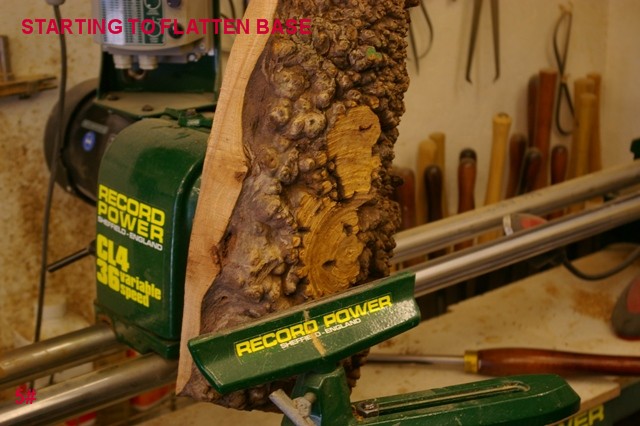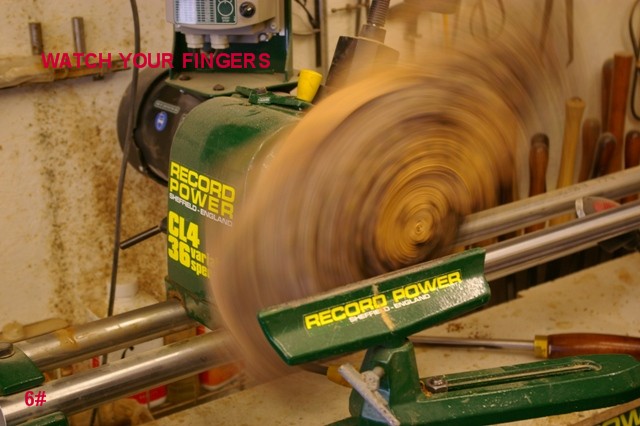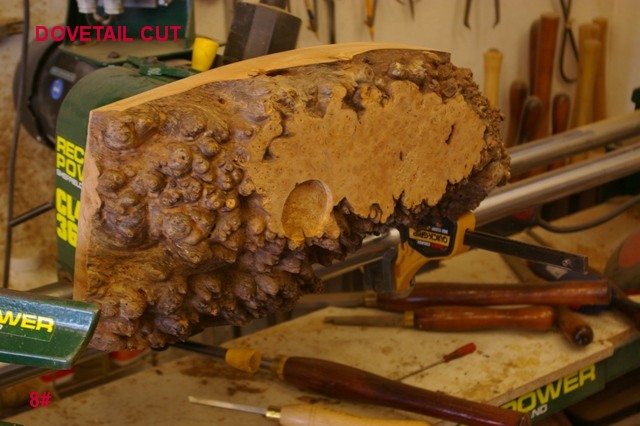chippypah
Established Member
Elm Burl 20 x 9 ½ x 3 ½ inches
Well here is my latest turning project, an Elm Burl. This has taken a lot of thought on the best shape, due to irregular shape.
So this became a challenge not to make firewood, and this is the result.
Whenever doing a winged bowl always make sure.
1 The lathe is set at its lowest speed (oops broke rule one, and the lathe came off the concrete blocks that raise it to my height)
2 When you turn the lathe on, make sure your arm or hand is not in the firing line. (Yep you guessed it, clouted my arm and wow did that hurt)
As always an out of balance bowl needs very special consideration, as even on a slowest speed a major vibration occurs. Also a heavily one sided wing on the bowl also is not only hard on the chisel but also the concentration. The chisel is only in contact with the wood for a very short time, so position of the tool rest is vital, and also constant sharpening of the chisel. As the clouting action takes the edge off the tool very quickly, and it then becomes more of a tearing process than a cutting action. Everyone is different in there approach to this challenge, for me as it is almost impossible to see where you are cutting, I take a mental picture and do this process with my eyes shut. Yes truly I close my eyes and let the sound and feel guide me, this is something that I would not recommend you doing, unless you feel at one with your turning and totally confident.
Cheers
Pete

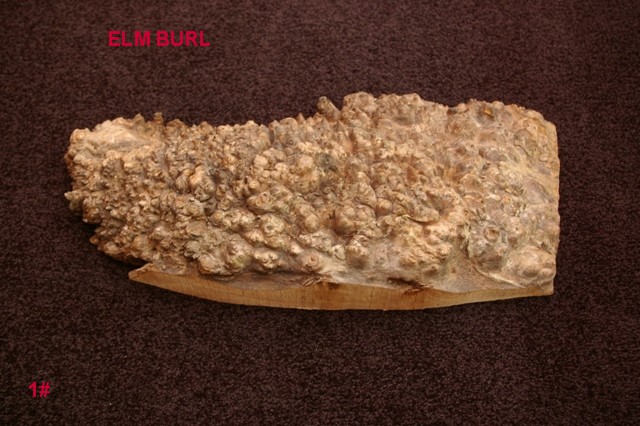
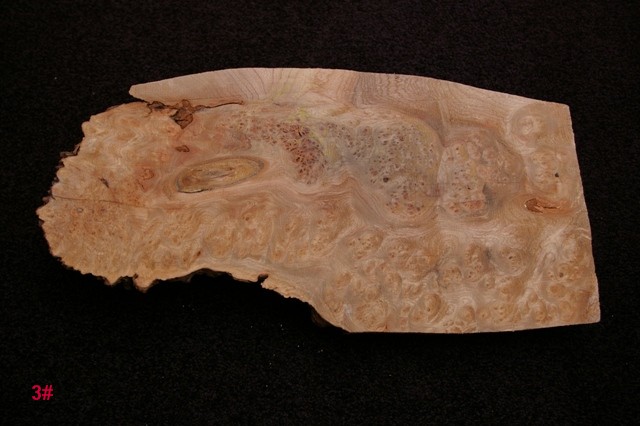
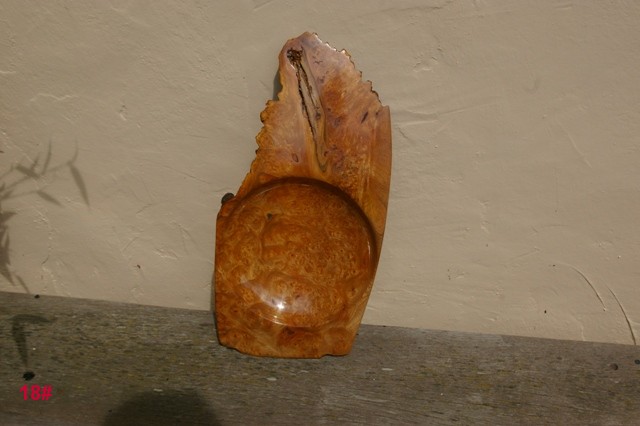
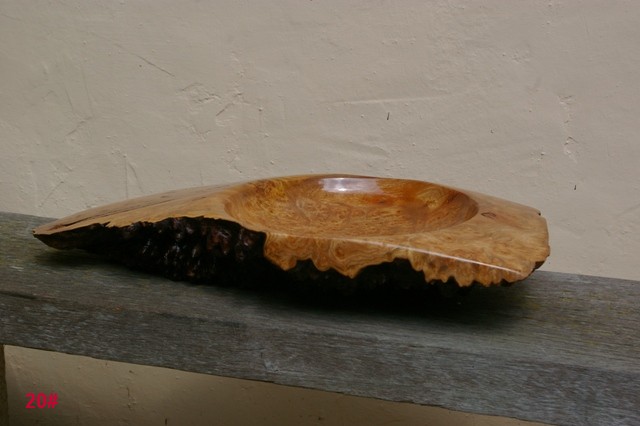
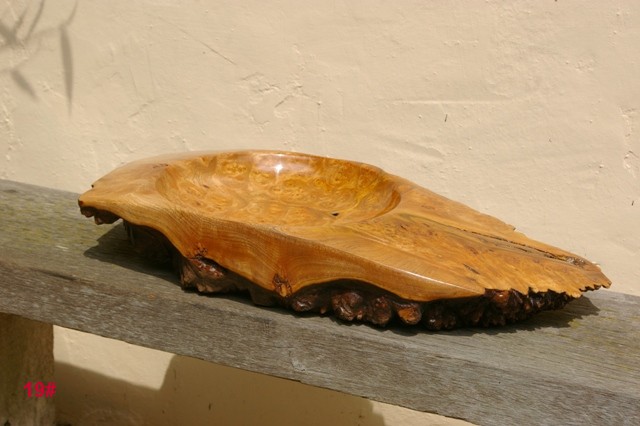
Well here is my latest turning project, an Elm Burl. This has taken a lot of thought on the best shape, due to irregular shape.
So this became a challenge not to make firewood, and this is the result.
Whenever doing a winged bowl always make sure.
1 The lathe is set at its lowest speed (oops broke rule one, and the lathe came off the concrete blocks that raise it to my height)
2 When you turn the lathe on, make sure your arm or hand is not in the firing line. (Yep you guessed it, clouted my arm and wow did that hurt)
As always an out of balance bowl needs very special consideration, as even on a slowest speed a major vibration occurs. Also a heavily one sided wing on the bowl also is not only hard on the chisel but also the concentration. The chisel is only in contact with the wood for a very short time, so position of the tool rest is vital, and also constant sharpening of the chisel. As the clouting action takes the edge off the tool very quickly, and it then becomes more of a tearing process than a cutting action. Everyone is different in there approach to this challenge, for me as it is almost impossible to see where you are cutting, I take a mental picture and do this process with my eyes shut. Yes truly I close my eyes and let the sound and feel guide me, this is something that I would not recommend you doing, unless you feel at one with your turning and totally confident.
Cheers
Pete







































